|
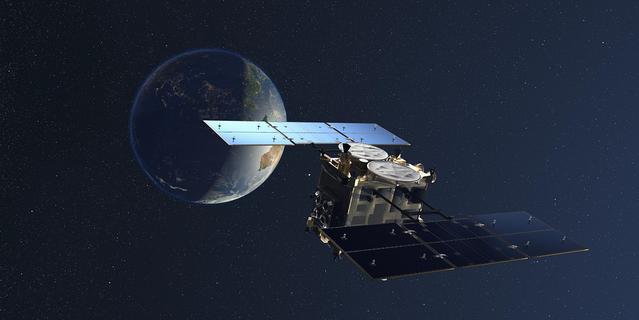 |
|
|
|
|
Hayabusa2 brings back asteroid dust
|
|
12.16.2020 |
|
astrophysics
On the night of 5-6 December, a very special package landed in the South Australian desert region of Woomera. It contained samples of dust brought back from asteroid Ryugu, after a long journey by the Hayabusa2 spacecraft. These tiny grains of material should speak volumes about the earliest moments of the Solar System.
|
|
Read the article
|
|
|
|
|
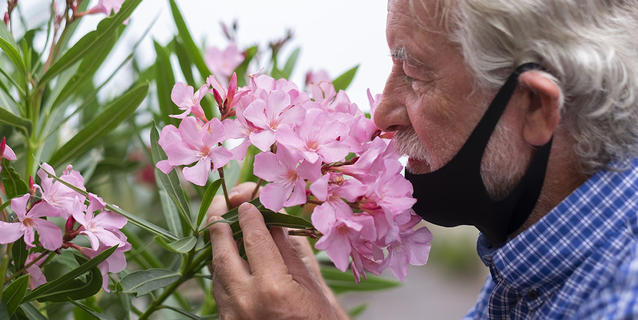 |
|
|
|
|
How to improve care for anosmia patients?
|
|
12.21.2020 |
|
Biology
Loss of smell, one of the effects of Covid-19, has a real impact on people's social lives, who sometimes suffer from isolation or depression. Three specialists share their insight and call for better medical care.
|
|
Read the opinion
|
|
|
|
|
|
|
|
Also this month
|
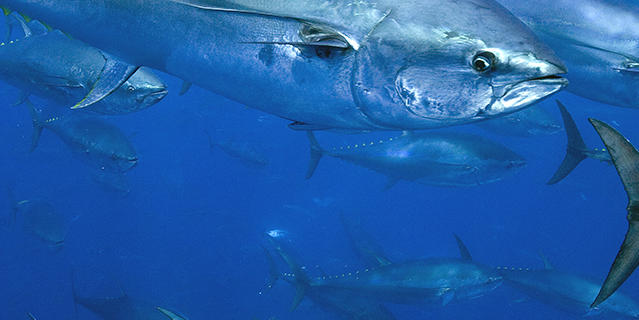 |
|
|
|
Tracking the bluefin tuna
|
|
12.20.2020 |
|
Marine biology Despite their size, weighing as much as hundreds of kilos, bluefin tuna are difficult to study. Researchers have developed instruments to monitor these animals’ migrations as well as various physiological parameters, including those linked to their reproduction.
|
|
Read the article
|
|
|
|
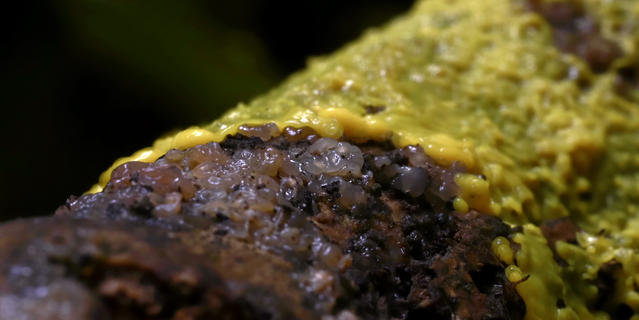 |
|
|
|
The Blob: a cell that learns
|
|
12.01.2020
|
|
Biology A network of cells that can learn and adapt...and all this without a brain! The Blob continues to fascinate scientists like Audrey Dussutour, who has studied it for years. She hopes that it will reveal new properties and insights into the mystery of life itself. |
|
Watch the video
|
|
|
|
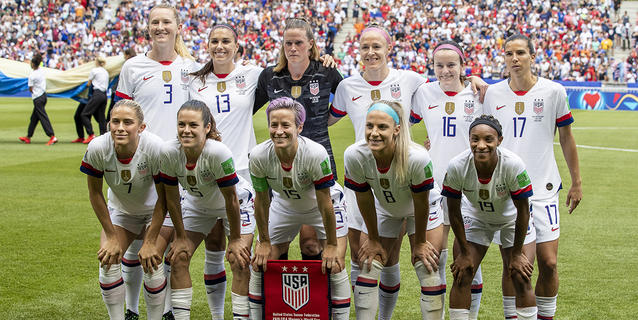 |
|
|
|
Why do women football players earn less?
|
|
12.14.2020 |
|
Economy In a new book, Luc Arrondel and Richard Duhautois, researchers at the Paris School of Economics (PSE) and the CNAM, respectively, tackle the issue of unequal pay between women and men in the world of football.
|
|
Read the opinion
|
|
|
|
|
|
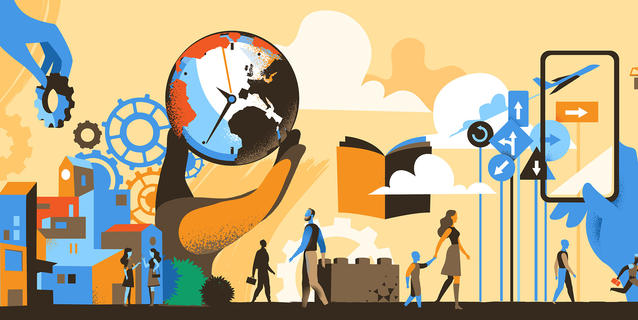 |
|
|
|
“Innovation is what will get us out of this crisis”
|
|
12.08.2020 |
|
Economics Can capitalism be virtuous? Fairer and greener? What if innovation, made compatible with a system of social protection, were the only way out of the current crisis? This is the idea put forth by Philippe Aghion, an economist at the Paris-Jourdan Sciences Economiques (PJSE) laboratory and co-author... |
|
Read the article
|
|
|
|
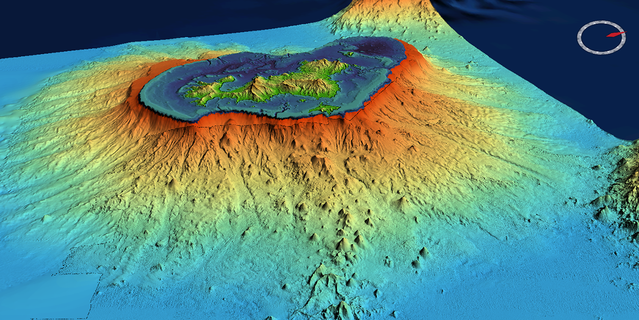 |
|
|
|
Of volcanoes, scientists and politicians
|
|
12.14.2020 |
|
Geology In 2018, the biggest seismic tremor ever recorded in the region of Mayotte, a French territory in the Indian Ocean, triggered a gripping scientific investigation that resulted in the discovery that a submarine volcano was forming to the east of the island. Éric Humler, who led the scientific... |
|
Read the opinion
|
|
|
|
|
|
|